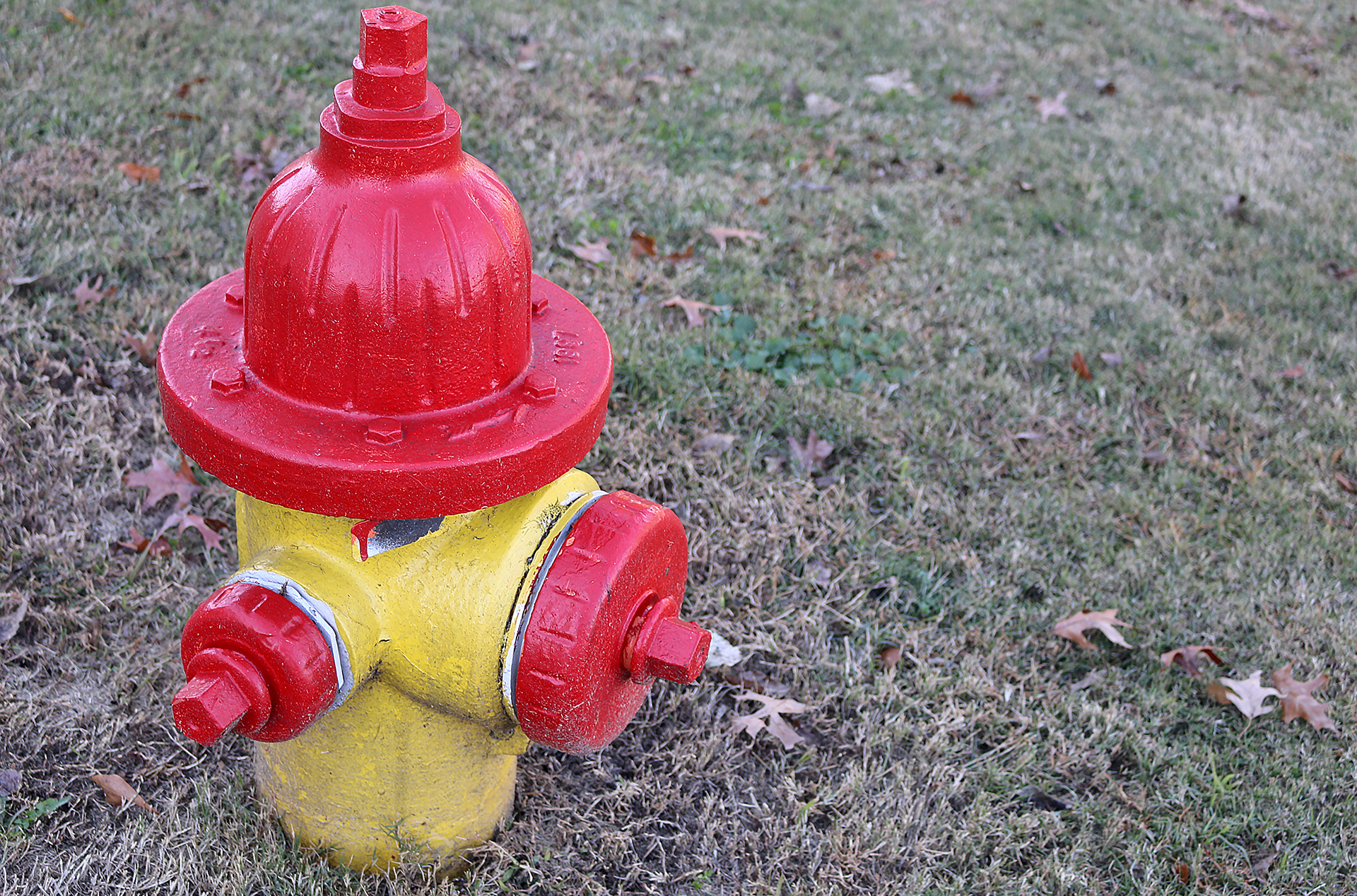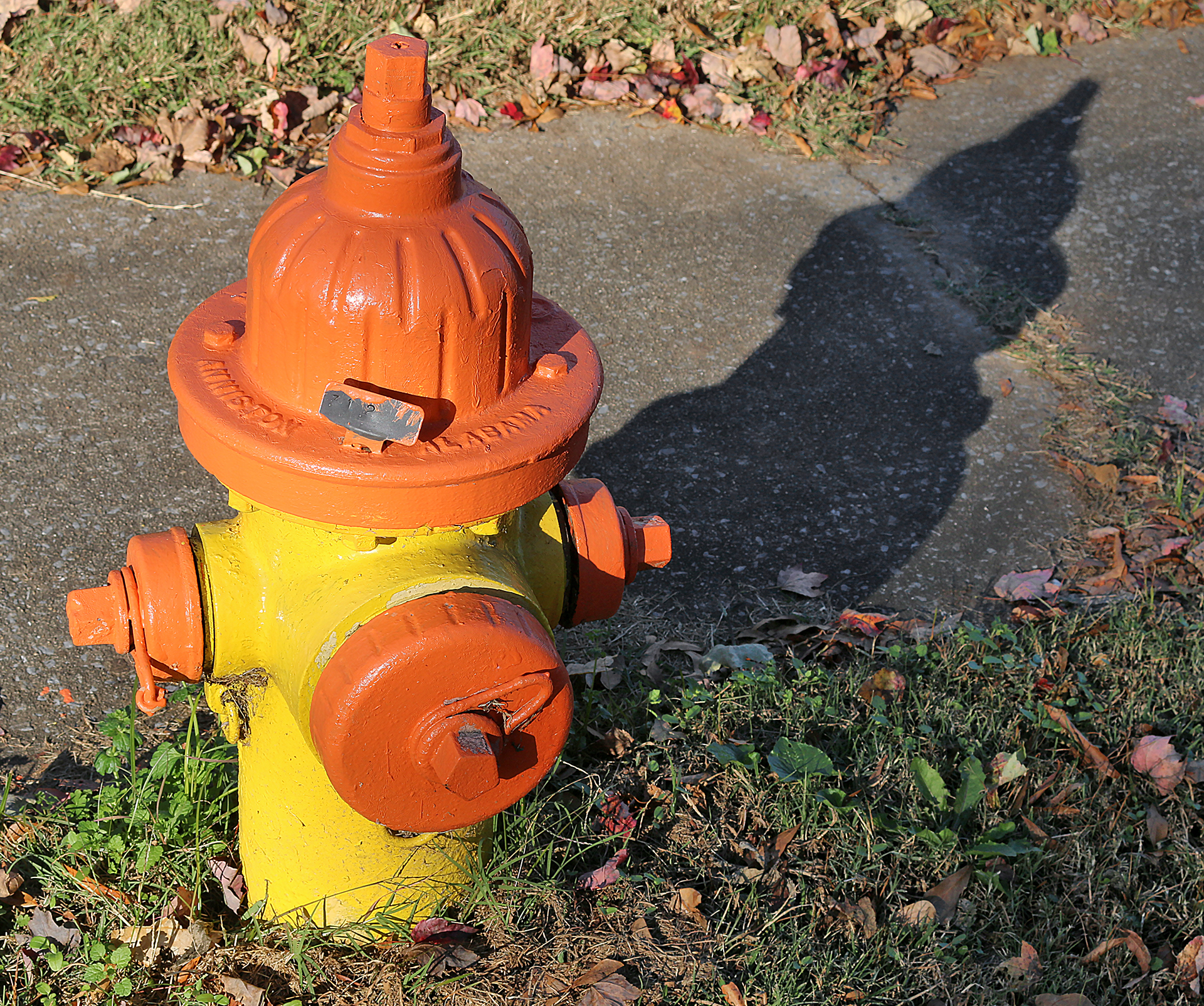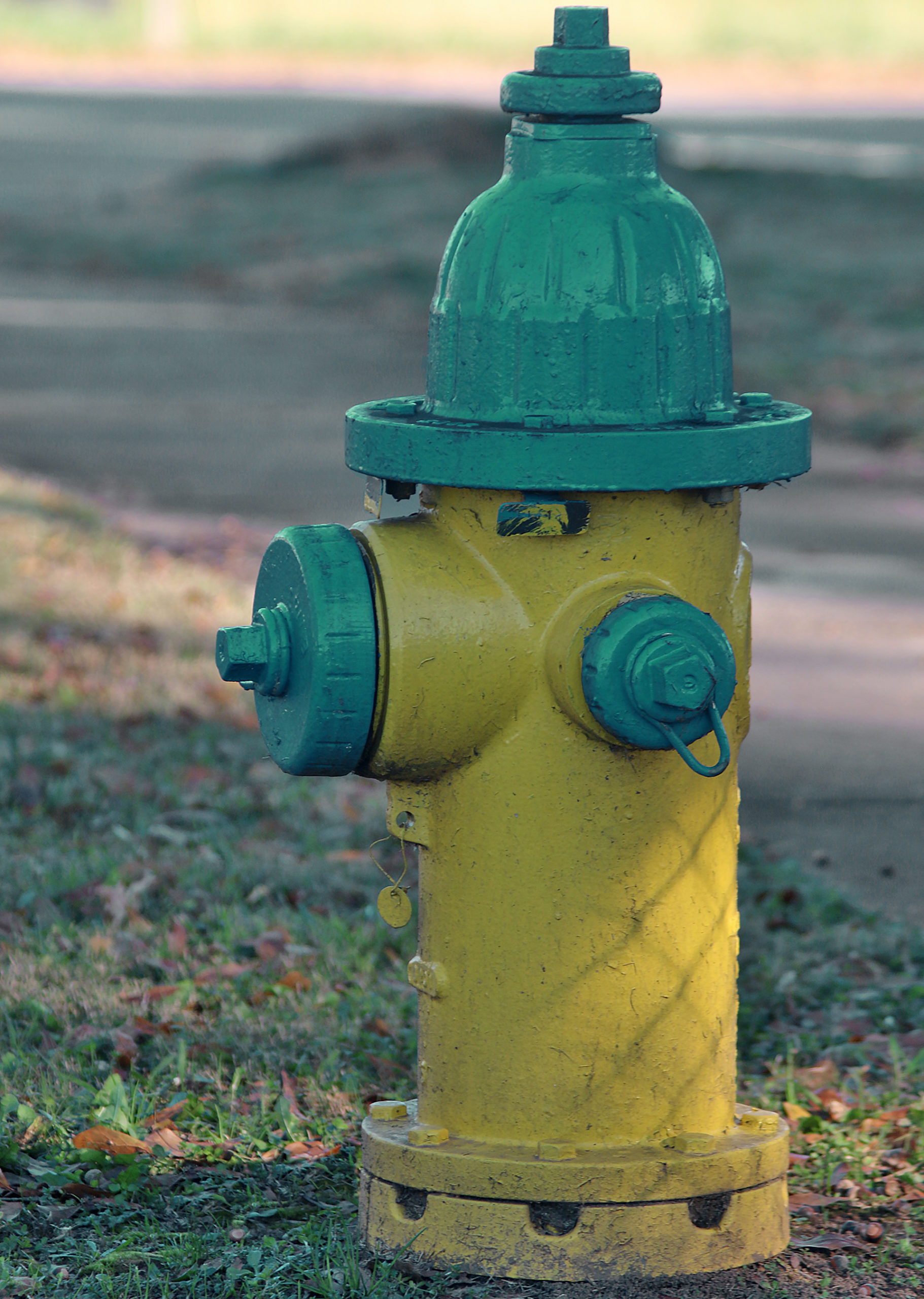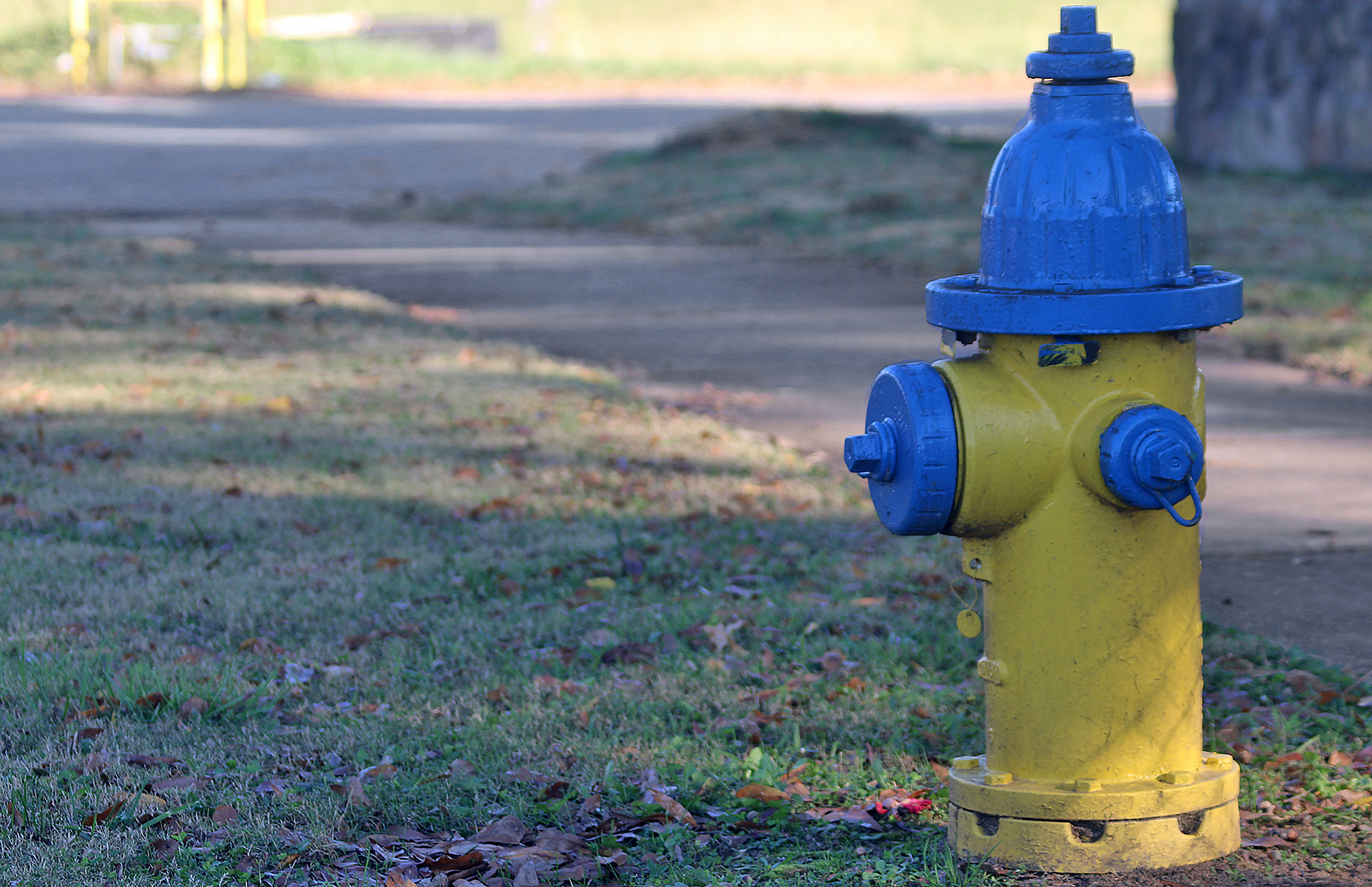Fire hydrants may be the ideal way to cool off in the summer when a sprinkler cap is attached, or a preferred “urinal” on which numerous male dogs relieve themselves — but when a fire erupts and threatens structures and lives, knowing that firefighters of the local fire department can arrive and quickly hook up a hose to extinguish it as expeditiously as possible is comforting to know…
Why Are Fire Hydrants Different Colors in More Cities?

…and you might notice during your travels to different cities in the United States — and possibly in other areas around the world — that fire hydrants have been painted in different colors; and you might be wondering why that is increasingly the case. Jurisdiction identification is not the reason; nor is the reason artistic or aesthetic in purpose — and those colors are not painted randomly, either.
You may not have thought about the volume of water which a fire hydrant can handle — but did you know that different fire hydrants have different water rates?
Fire hydrants which are supplied by public mains and water supplies are referred to as public fire hydrants, while the other two types are known as private fire hydrants and yard fire hydrants. These fire hydrants are classified by their rated flow as outlined in the NFPA 291 Recommended Practice for Fire Flow Testing and Marking of Hydrants by the National Fire Protection Association, which in 2021 celebrates 150 years of being the leading information, knowledge, and resource on fire hazards, electrical hazards, and related hazards.
For the purpose of rapid identification, the bonnet — or top — and the caps should be painted with colors which indicate the capacity that designates the class and flow of the fire hydrant as follows:
- Class AA — Light Blue with a rated capacity of greater than 1,500 gallons per minute
- Class A — Green with a rated capacity between 1,000 gallons per minute and 1,499 gallons per minute
- Class B — Orange with a rated capacity between 500 gallons per minute and 999 gallons per minute
- Class C — Red with a rated capacity of less than 500 gallons per minute

Additionally, all barrels or bodies of fire hydrants are recommended to be painted with a reflective chrome yellow for easier identification for locating them at night time — unless other colors have been adopted by the local jurisdiction.
As examples, you will likely find a Class AA public fire hydrant by a large busy shopping center or an industrial complex; a Class A public fire hydrant by smaller businesses in an office park; a Class B public fire hydrant in a typical residential neighborhood; and a Class C public fire hydrant by smaller buildings in less populated areas.
Final Boarding Call

I never paid much attention to fire hydrants — other than not to park near one in case of an emergency — so I had no idea that different public fire hydrants had different capacities of how much water they can handle in a minute.
Well, I know now — and you do, too.
All photographs ©2021 by Brian Cohen.

